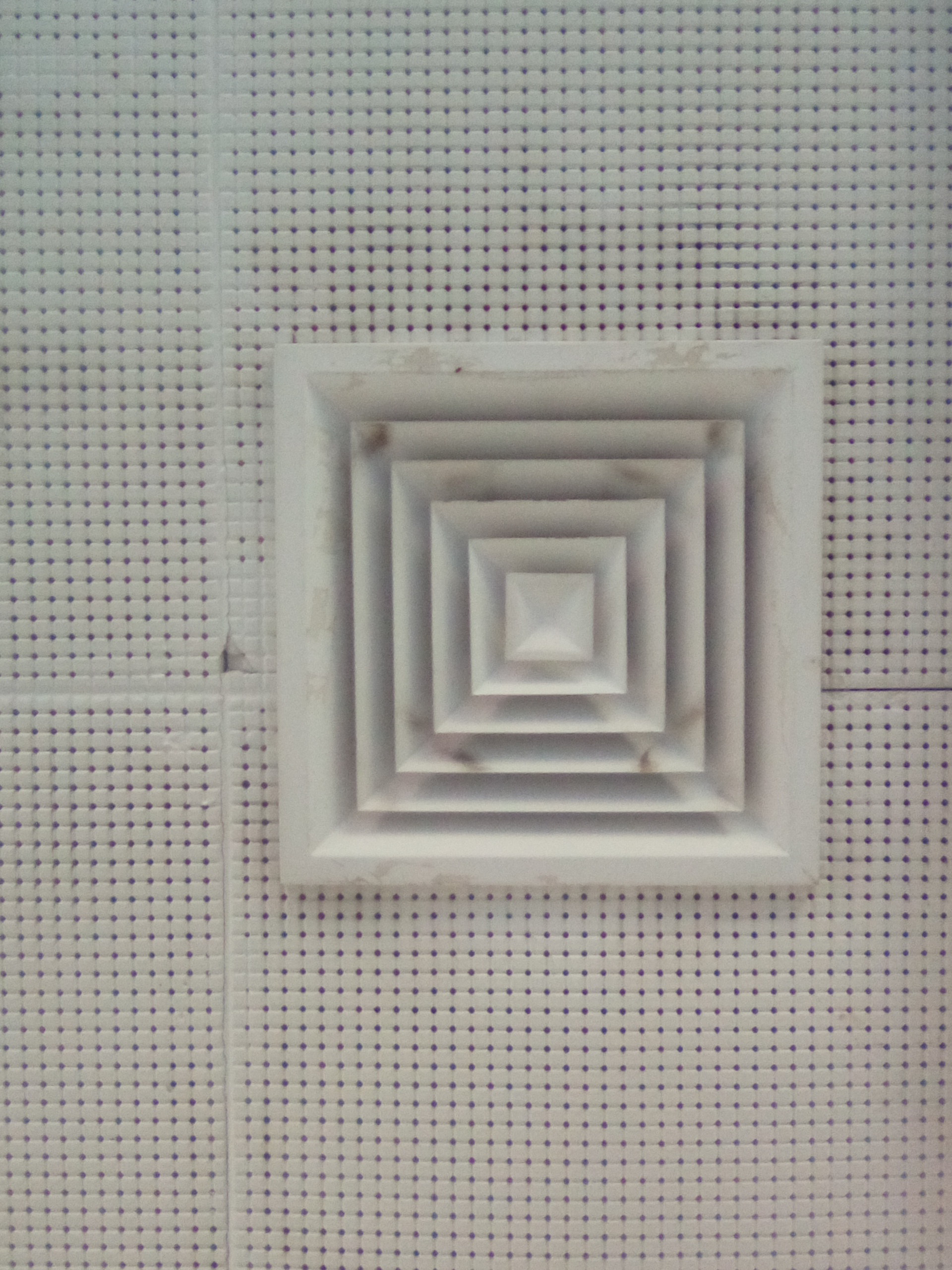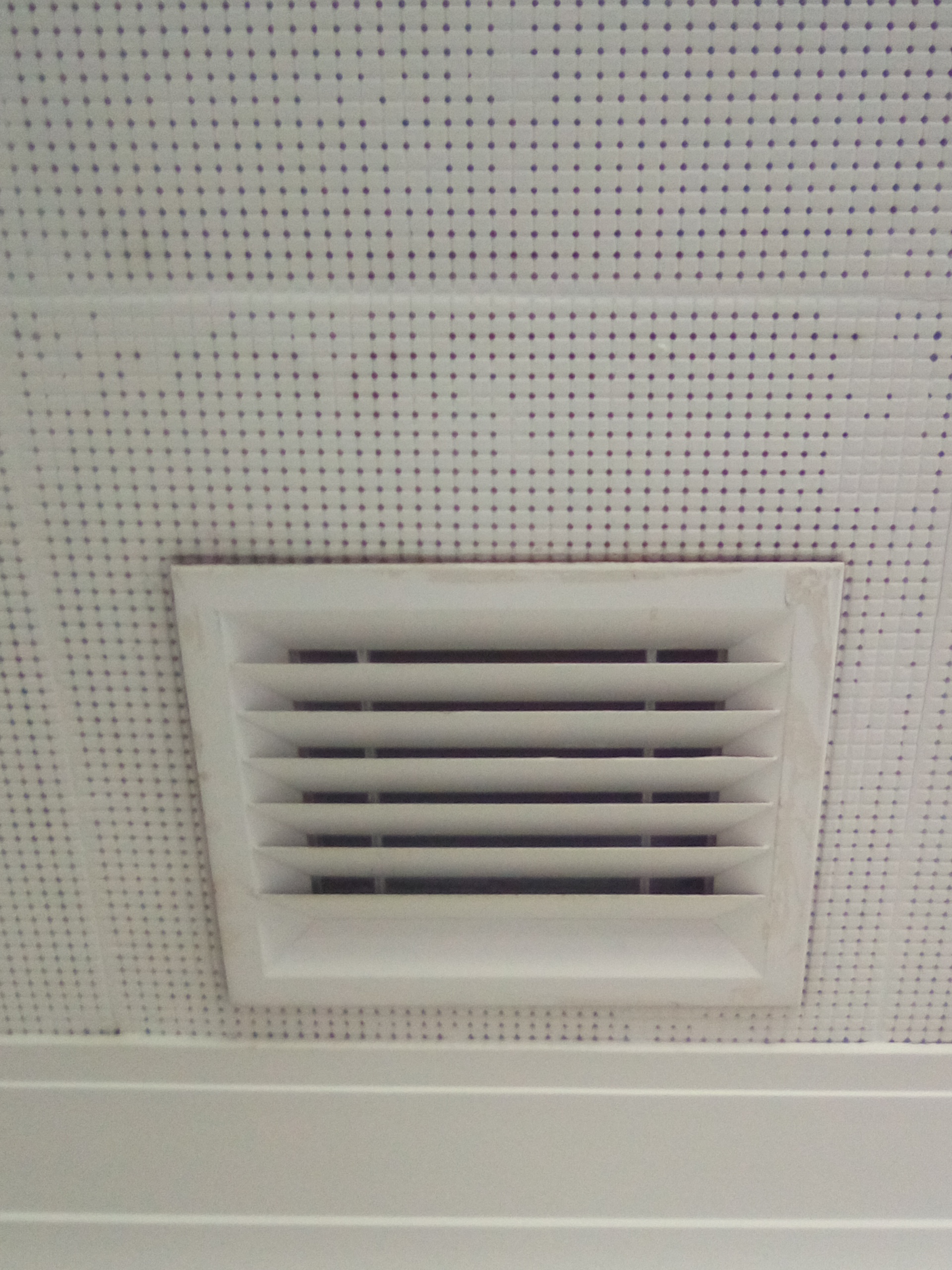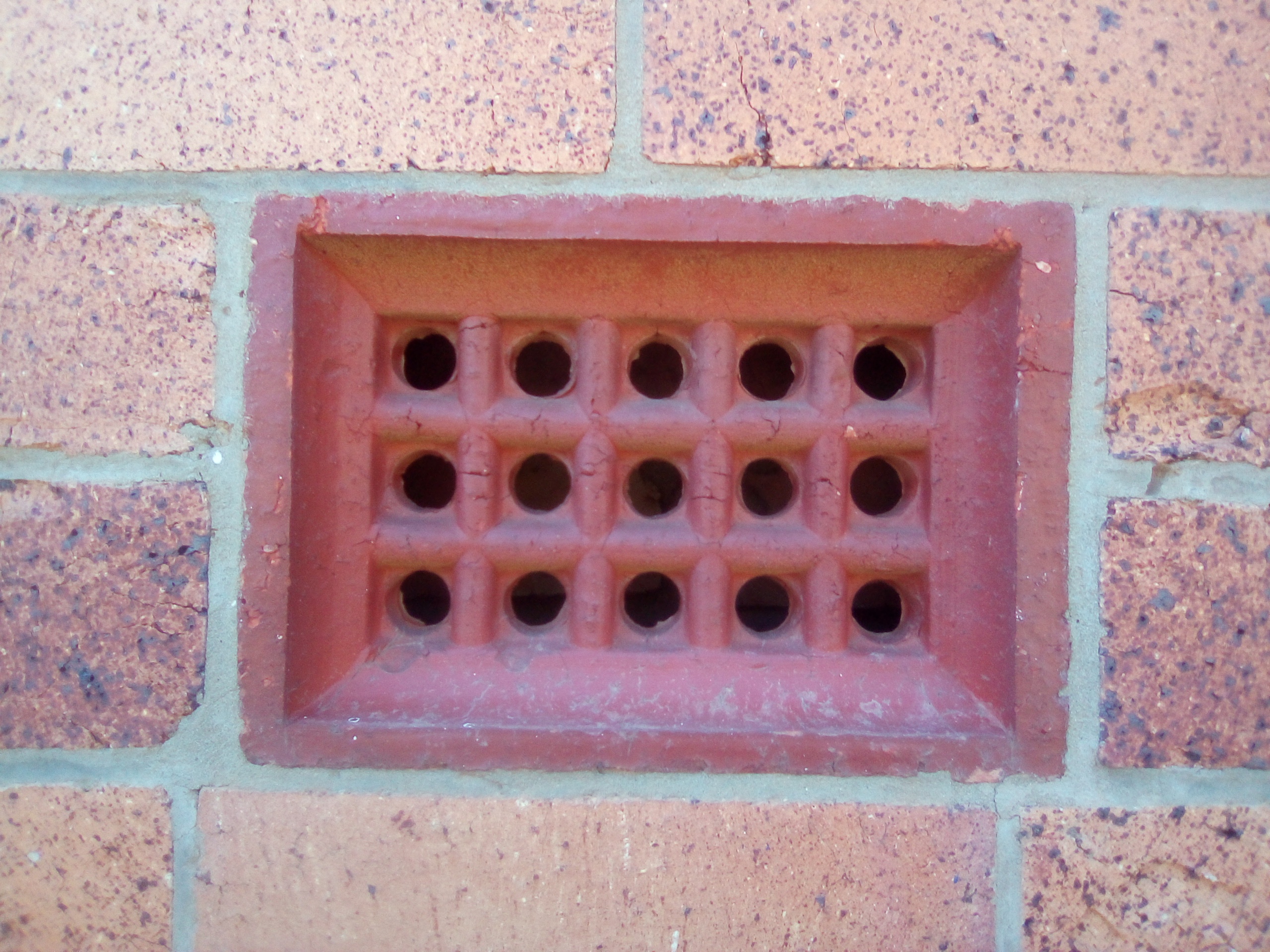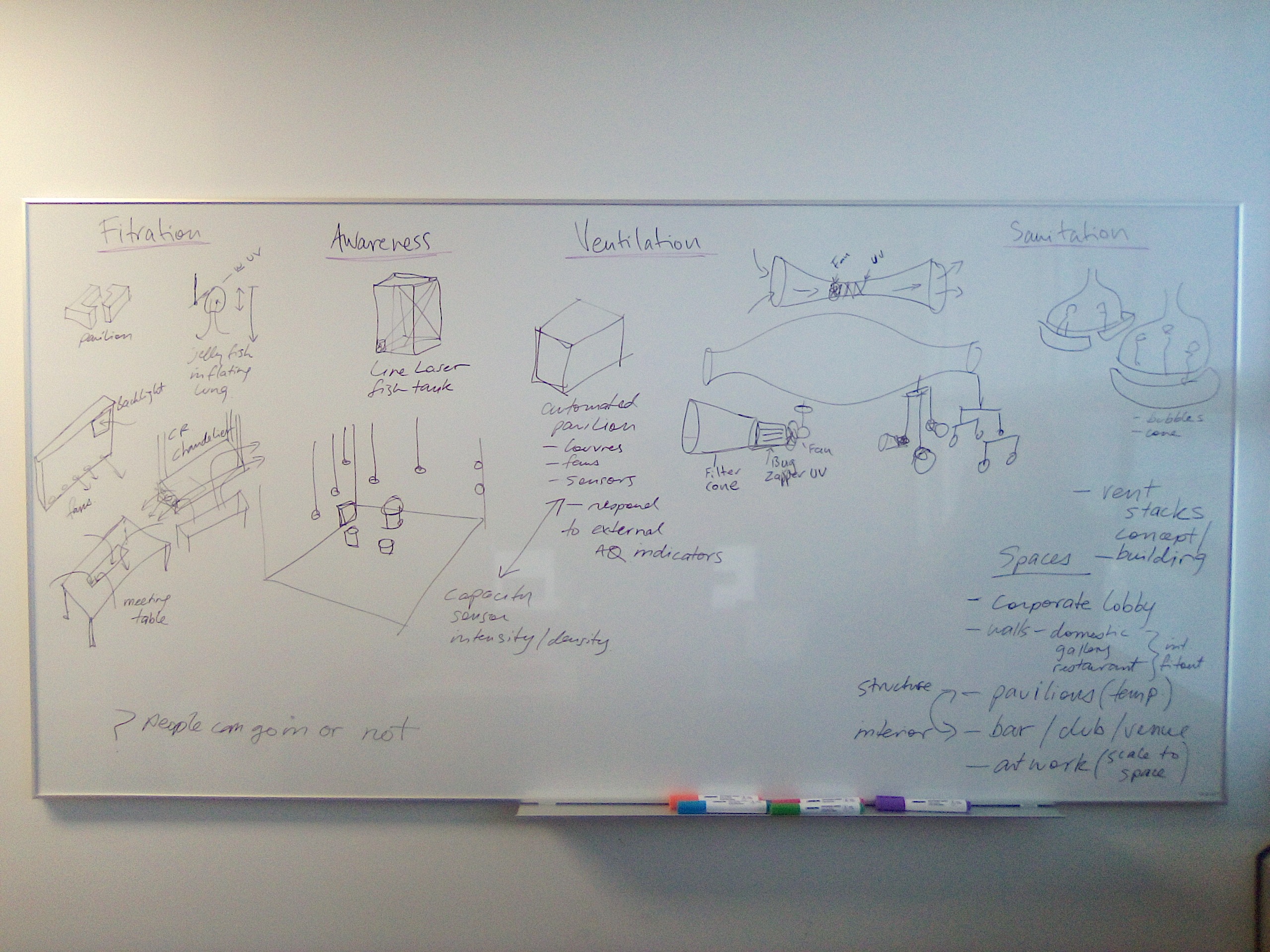
Monthly Archives: July 2023
invisible air
Distinguished Professor Lidia Morawska, showed me a demonstration with 2 glass Sauerkraut jars.
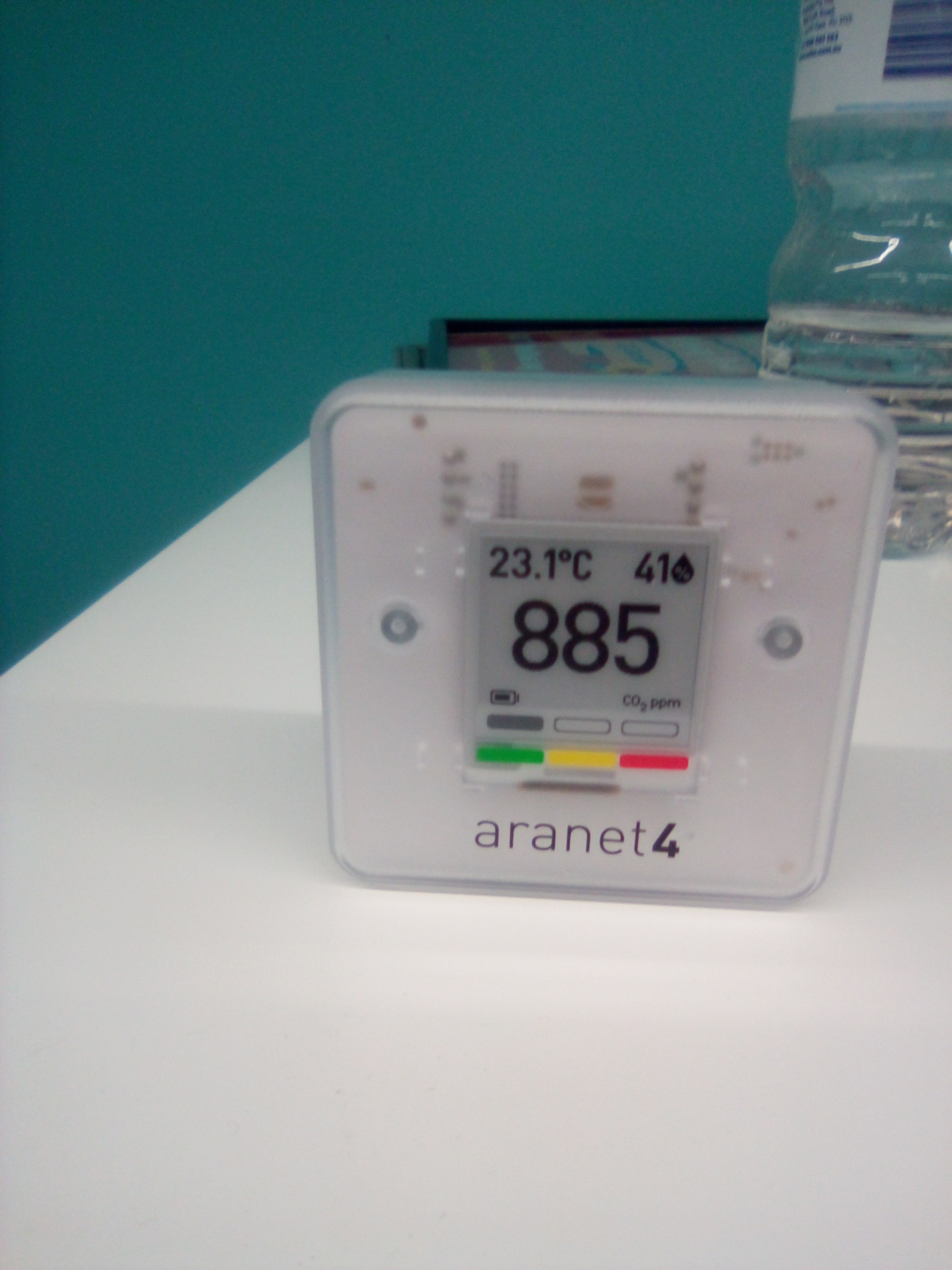
We also have a CO2 meter. This is the CO2 concentration in the office.

The gas we live in is invisable, the composites are invisible. The only time we see air ‘quality’ is when its really bad, such as smoke from bushfires and factory smog.
Both jars are sealed and look identical.
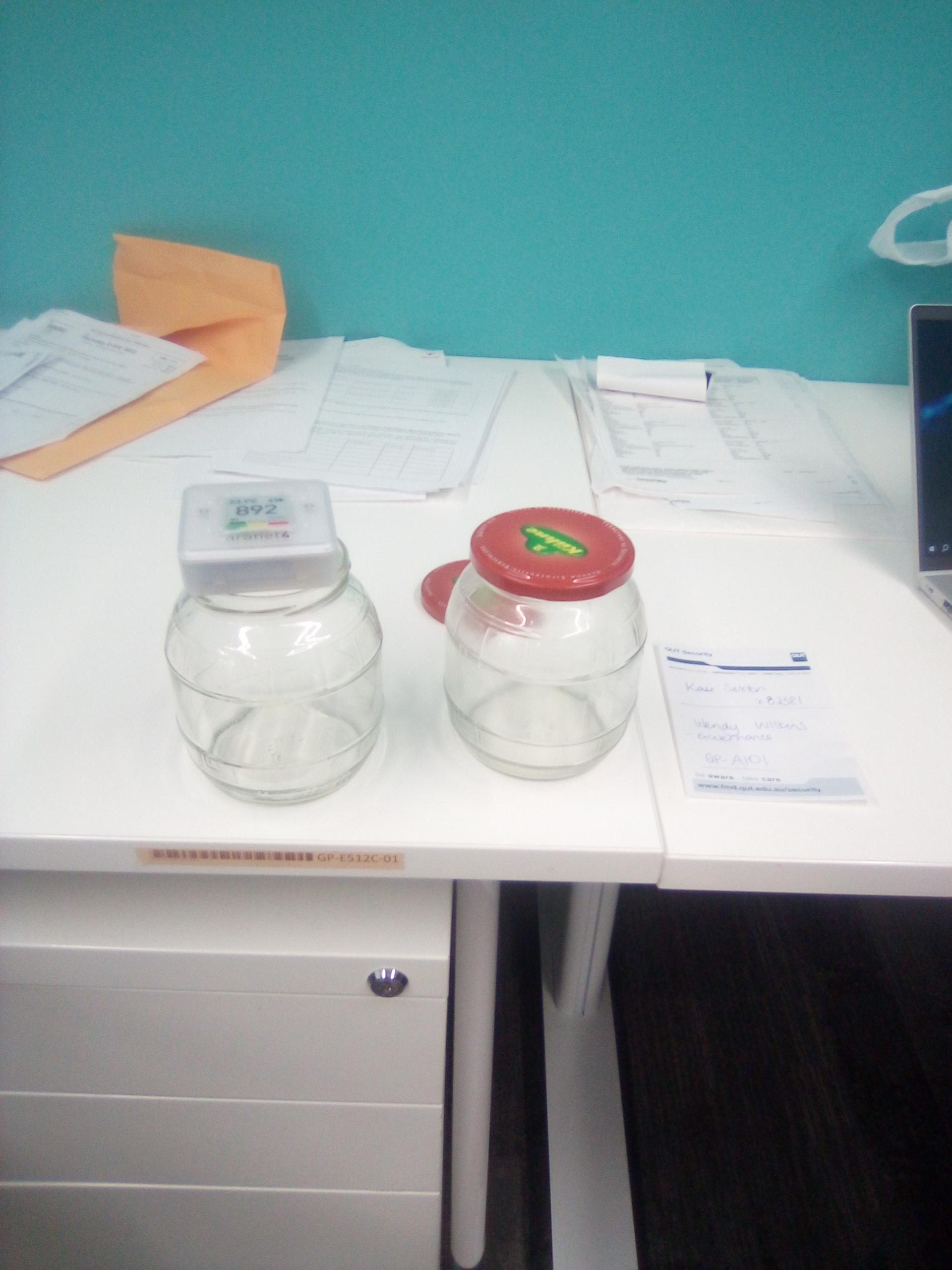
Open and read the contents of one with the CO2 monitor. One is the same as the office. 885.
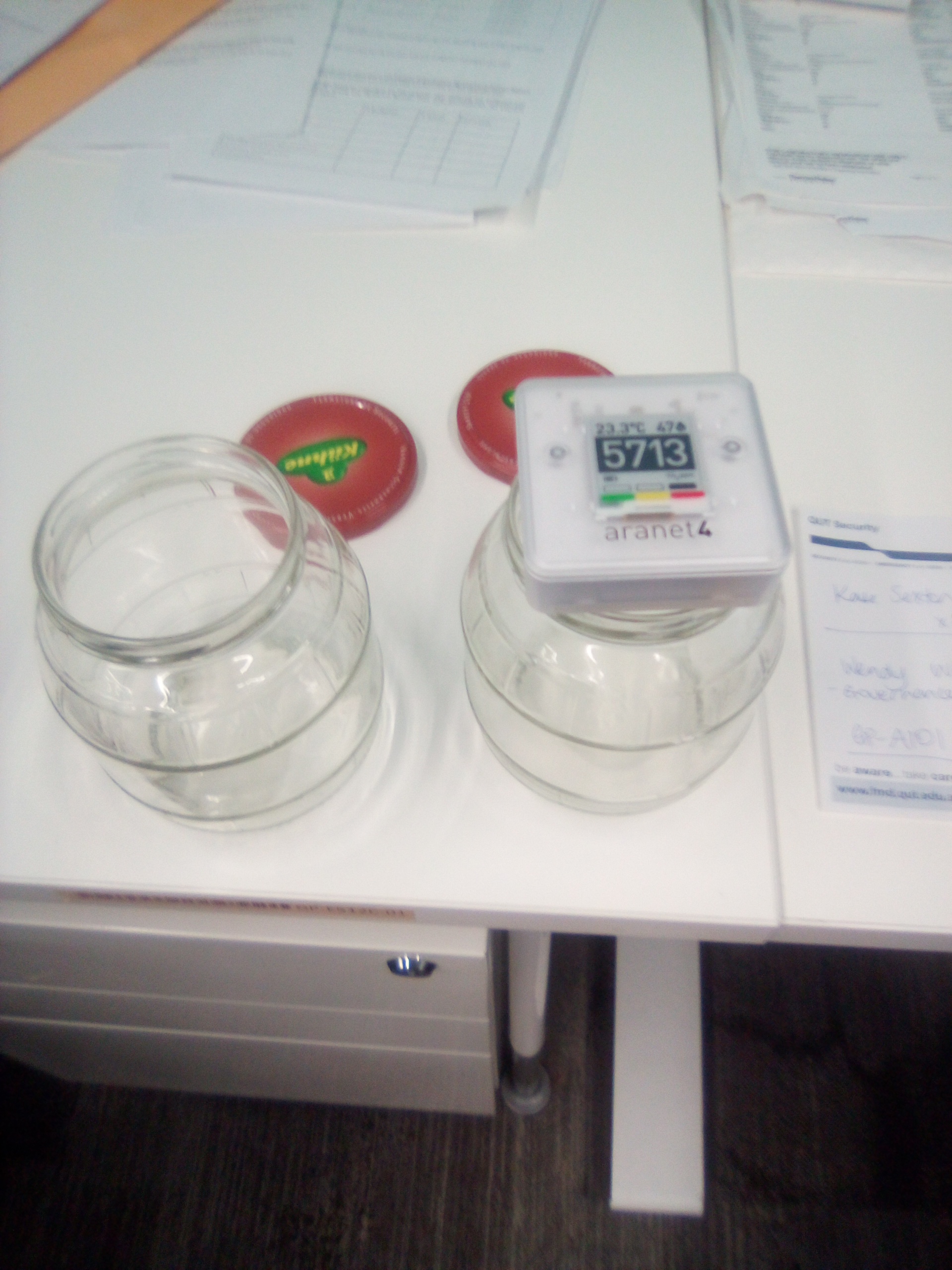
The other is 5713.
Beforehand one of the jar had 2 human breathes exhaled into it before sealing.
They contain totally different mixtures of gas and we cannot tell which is which without measurement.
As Prof Morawska say’s you can see if the water is cloudy, and this means some form of water pollution or similarly for noise and light pollution, but air quality cannot been seen.
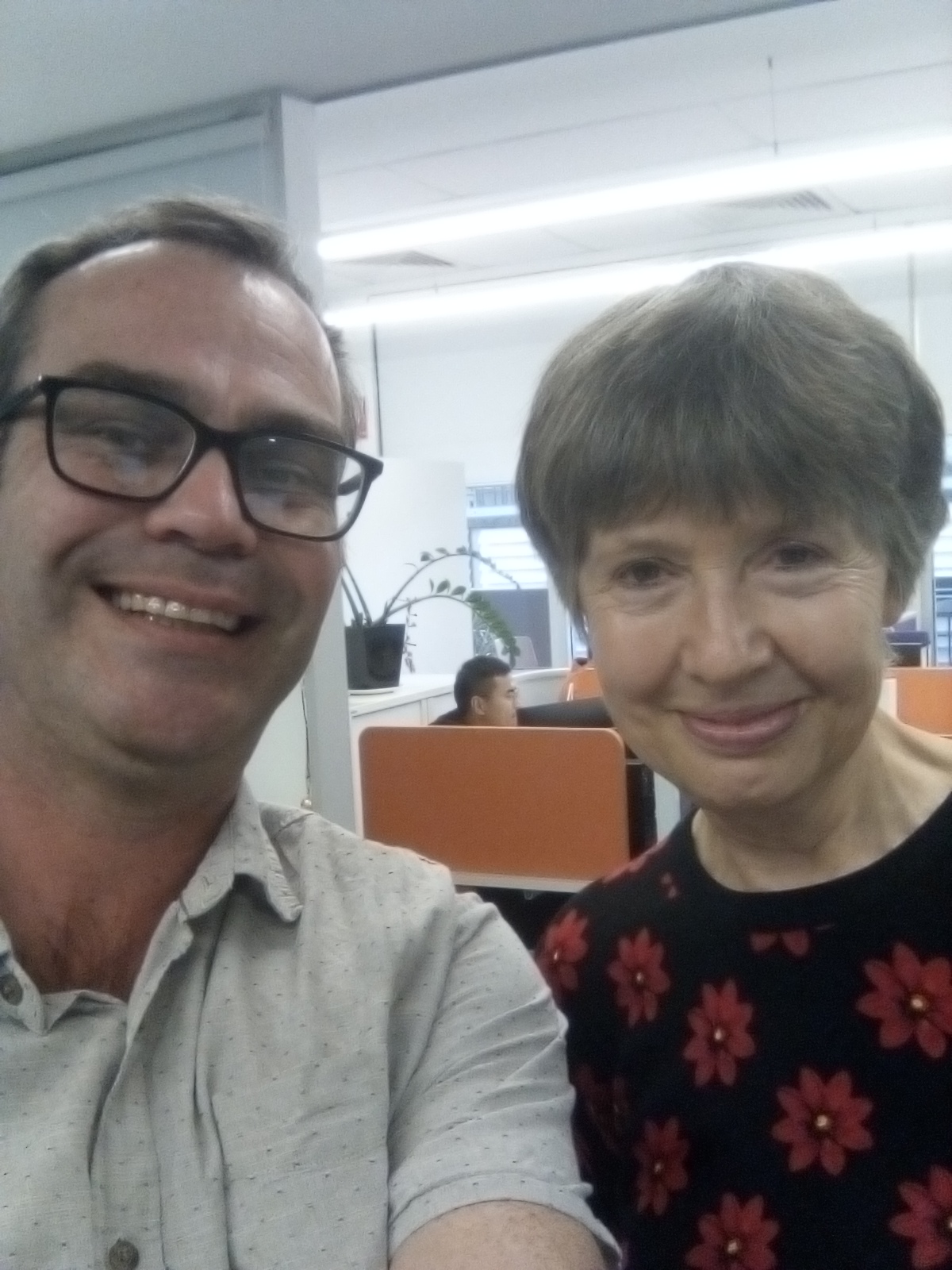
UV-c Light that cleans
Air can be sanitised with UV. 222nm
UV-C UV light is use to kill pathogens in the atmosphere- The safest and effective wavelength of light is 222nm.
A nanometer is equivalent to one billionth of a meter.

Most acrylic plastics will allow light of wavelength greater than 375 nm to pass through the material, but they will not allow UV-C wavelengths (100–290 nm) to pass through. Even very thin acrylic sheets of less than 5 millimeters (mm) do not let UV-C light penetrate.
You see this with the LED uv lights in Hand dryer, sanitising stations and installed in air-conditioning systems. This use of colour to sanitise is interesting and that is transcends the merely visual and have this ‘colour’ reach out to something more tangible and powerful.
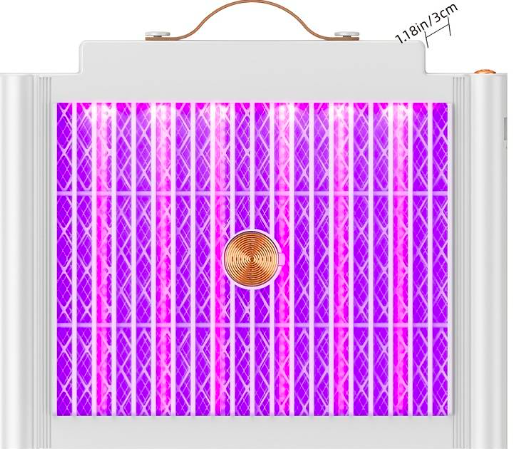
The UV also makes white ‘glow’ purple. So this colour of purple, deep blue, black light, is interesting in an aesthetic sense. If the inhaling bags are white with perhaps UV LED in side this would to give a ghostly, jelly appearance in darken space.
Ive read some papers talking about the effectiveness of the UV light bug zappers as a sanitiser. Some research suggests its just as effective against air board pathogens such a s SARS and COVID 19. There is also the idea that the UV-C, along with making Ozone gas, there could be other negative chemical reactions with other air-born particles, its suggested that perhaps from off-gassing painting or new furniture, UV-C could generate another compound.. As the nature of air and atmosphere is so ephemeral and constantly in flux, with a myriad of different combination of things that could be in a room., it seems very hard to test.
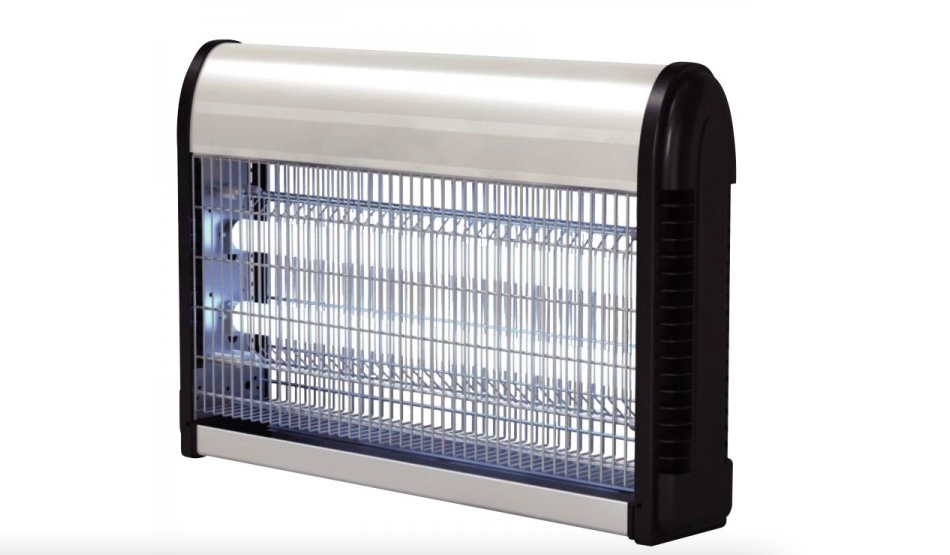
This old and well established technology was first successfully used in classrooms in the United States in the 1930s to lower the risk of airborne spread of measles22 — known as the most infectious disease until the Delta variant of SARS‐CoV‐2 surpassed it. This technology (UV‐C 254 nm) does not generate new pollutants in the air; is silent, robust (low maintenance) and low cost; has low energy requirements; and is already covered by international and Australian standards (AS/NZS IEC 62471:2011) as well as workplace safety standards.23 Its extension to far UV radiation (222 nm), which does not penetrate the skin, opens greater opportunities for use, and if utilised in shared spaces, it could be doing to air what is done to water — every drop of water we drink is disinfected.
Since 254 nm UVC harms exposed human tissues, it can only be used to sanitize empty rooms. But 222 nm UVC can be a promising disinfection system for occupied public spaces including hospitals where nosocomial infections are a possibility.
actions are based on the above – a focus on venation, circulate and sanitation.
G/
https://youtube.com/shorts/zU_gAOhICi8?feature=share
https://youtube.com/shorts/zU_gAOhICi8?feature=share
Combining movements. materials and action testing.
Multiples of movement.
enhance complexity
matrix of actions
actions interaction
actions to circulate air.
ventilate
breath in breath out filter
F/
Inhale
building that breathes
exhale
test for air breathing and cleaning mechanism-
https://youtube.com/shorts/TAWFG74MKuU
https://youtube.com/shorts/G57OBKkhUS0?feature=share
Firsts tests with a breathing mechanism. ‘Floating’ bags inflate and deflate, breathing the air in and out. The mechanisms could interact with themselves. Multiples, hung up high, close to the ceiling.
This is where the air we exhale gathers. The warm air rises and concentrates. (note* lower ceilings lights in new housing snd apartments means that the collective warm air (breathes) along with pathogens is closer to the headspace and more likely to spread infection)
Air filtering to be incorporated into the ‘bag’ – ‘Lug’ to capture and clean ‘breathes’. The mechanism is adaptable to be passive , not driven by and electrical motor, (although this could be powered by solar) a wind turbine with rotating shaft could penetrate the ceiling of a build so that the action was totally power neutral, powered by wind.
E/
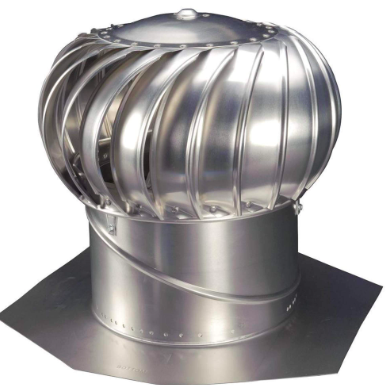
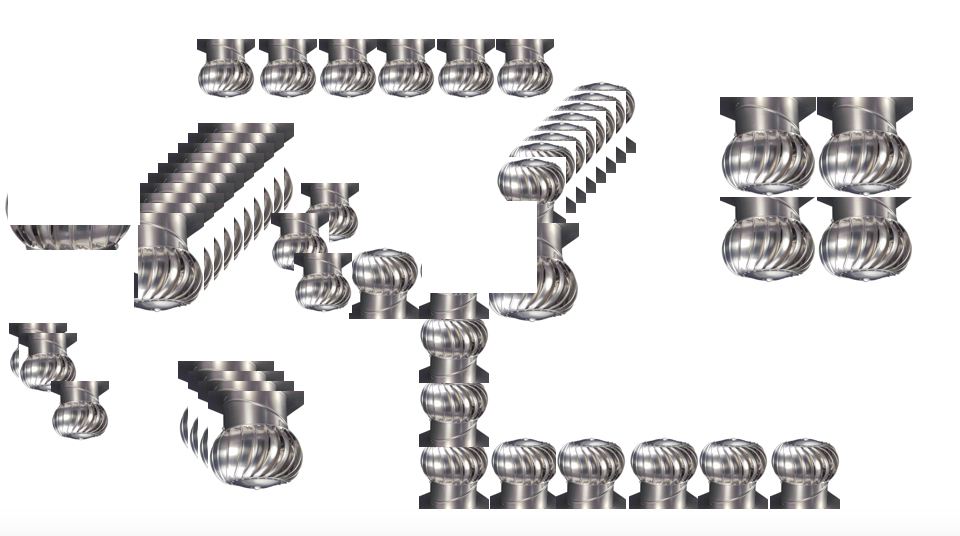
D/
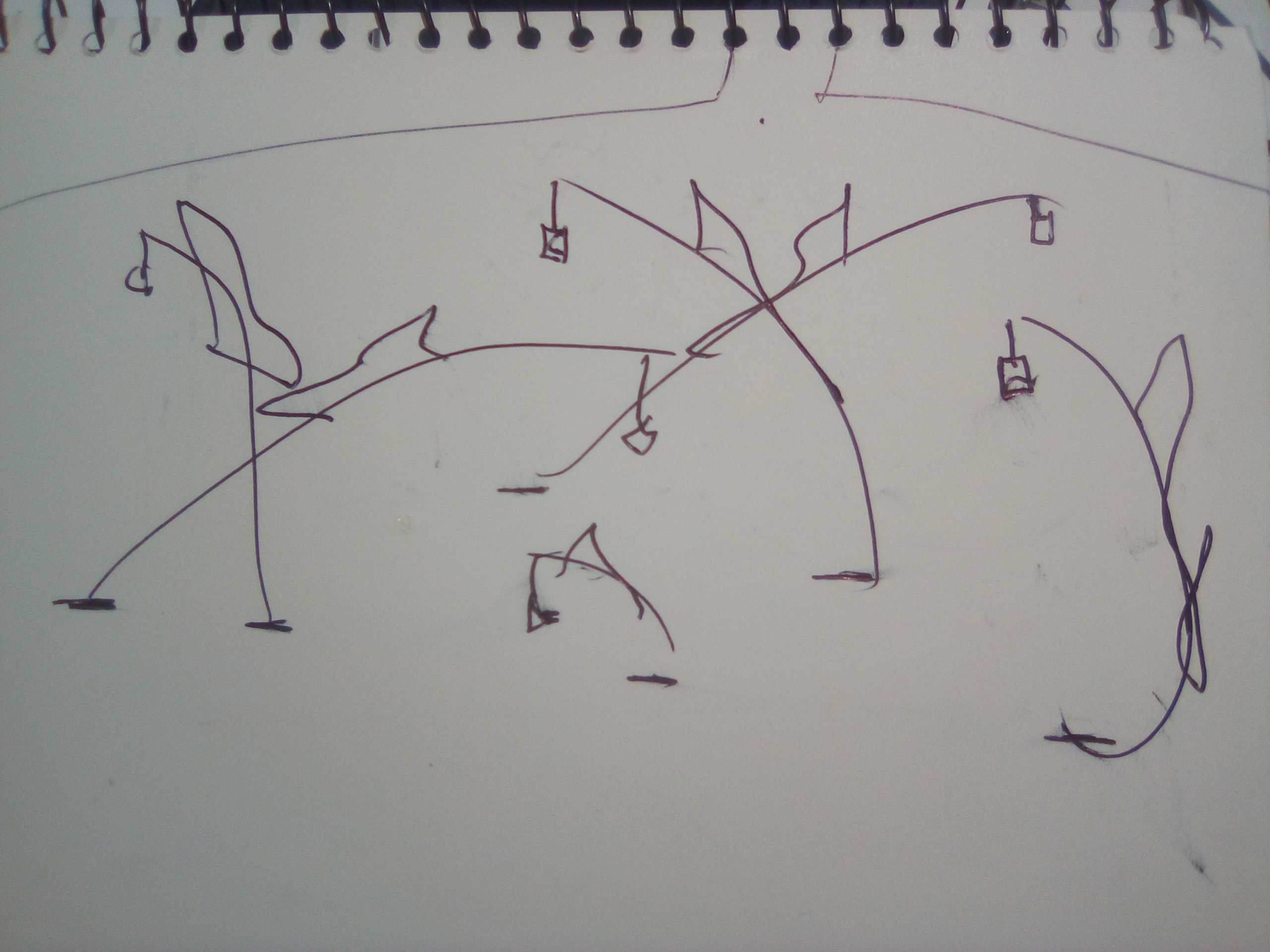
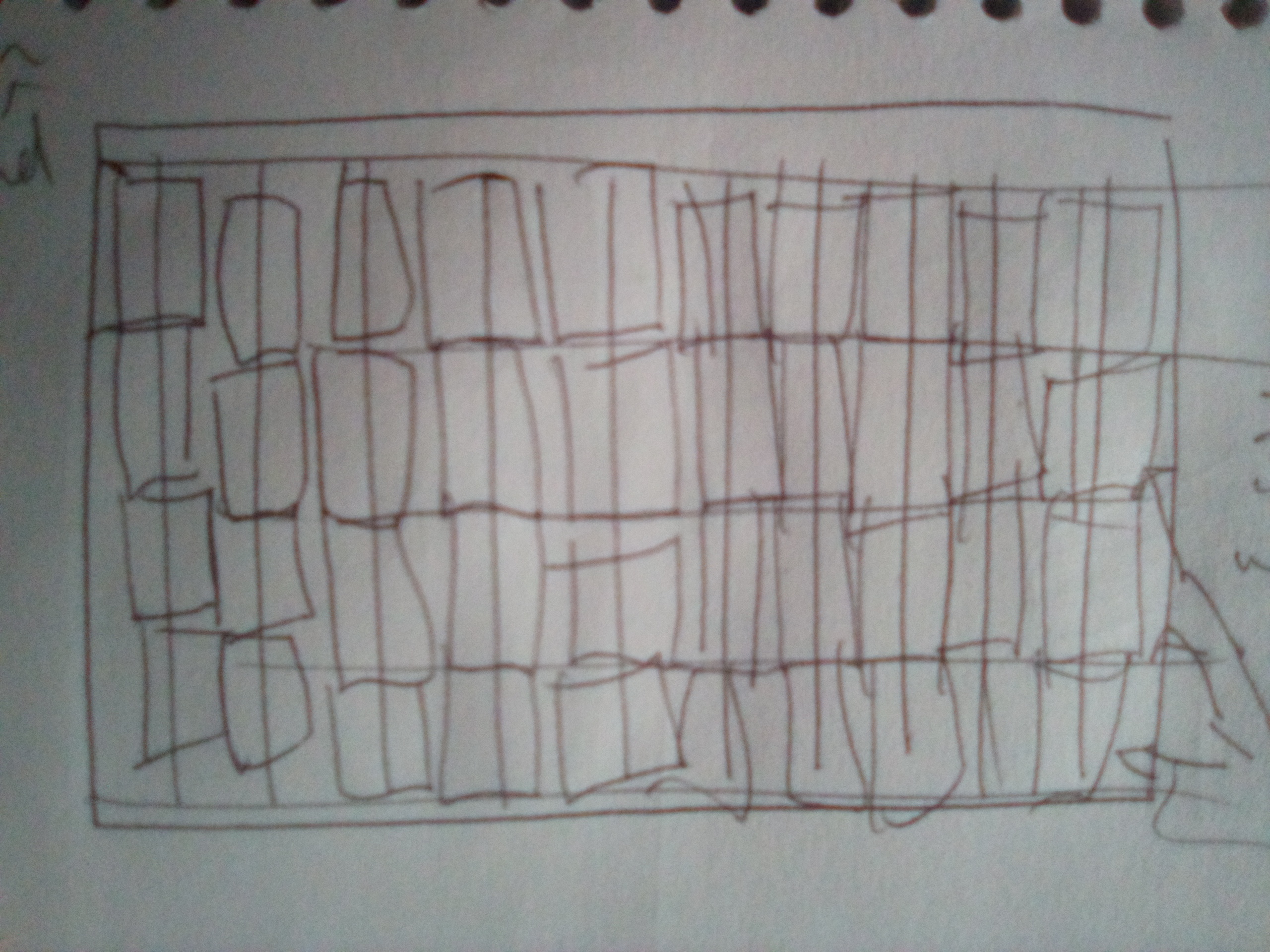 forms for ventilation-
forms for ventilation-
Above- Liner turbine wall, with dynamos for neutral power. Colour fins/blades.
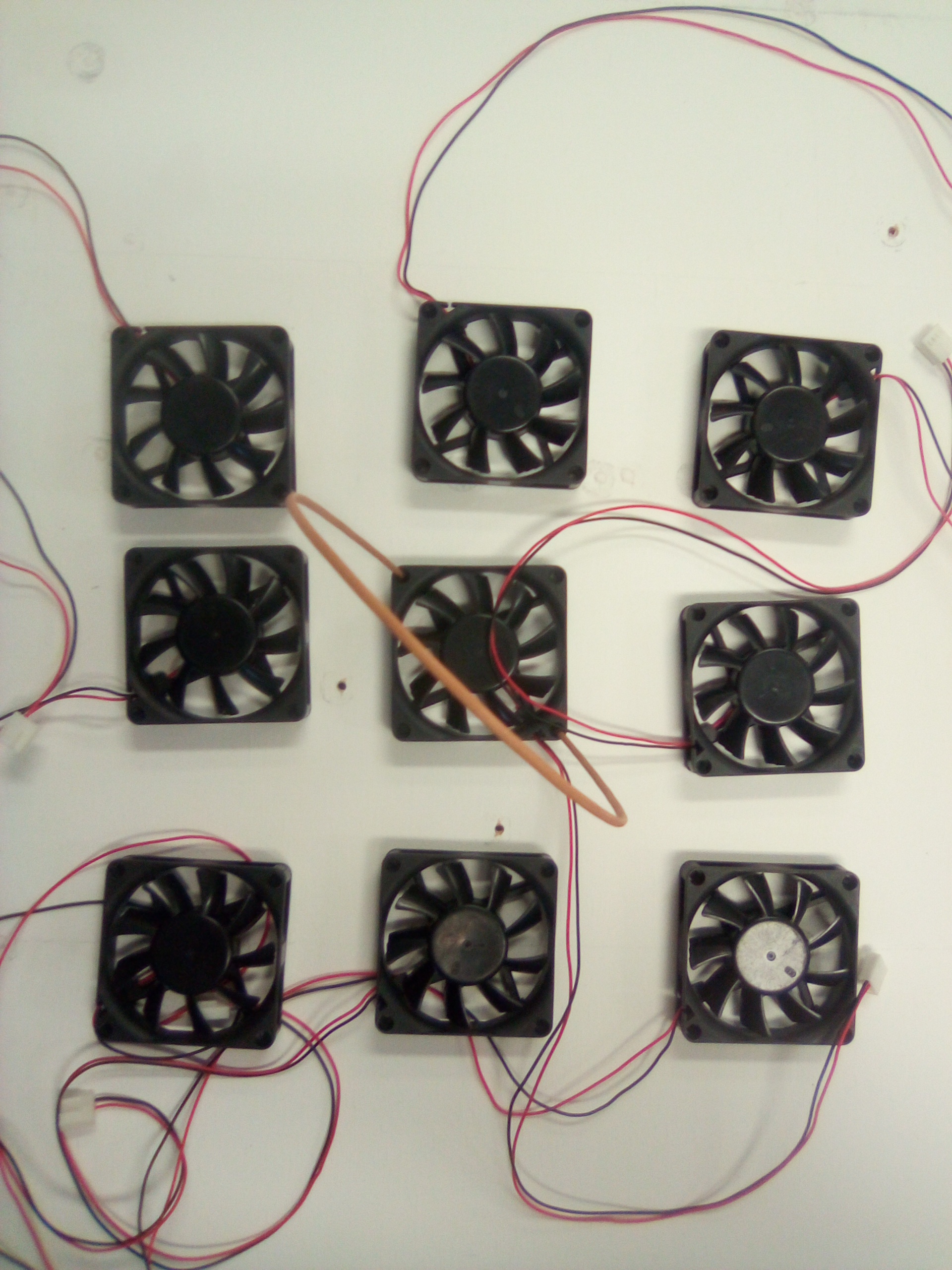
C/
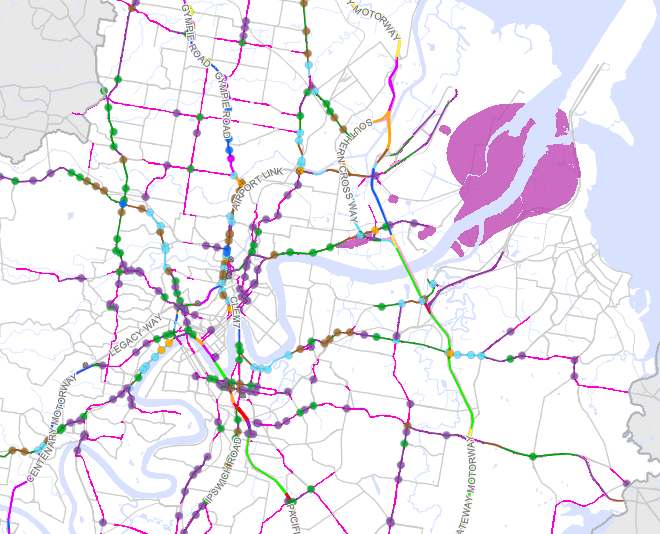 Air Quality Overlay – Brisbane City Council –
Air Quality Overlay – Brisbane City Council –
B/
COVID-19_and_Airborne_Transmission_Science_Rejecte (1)
recycled computer fans / first open experiments, materials, forms, structure, capabilities, neutral operation.
More-…
Ventilation structures
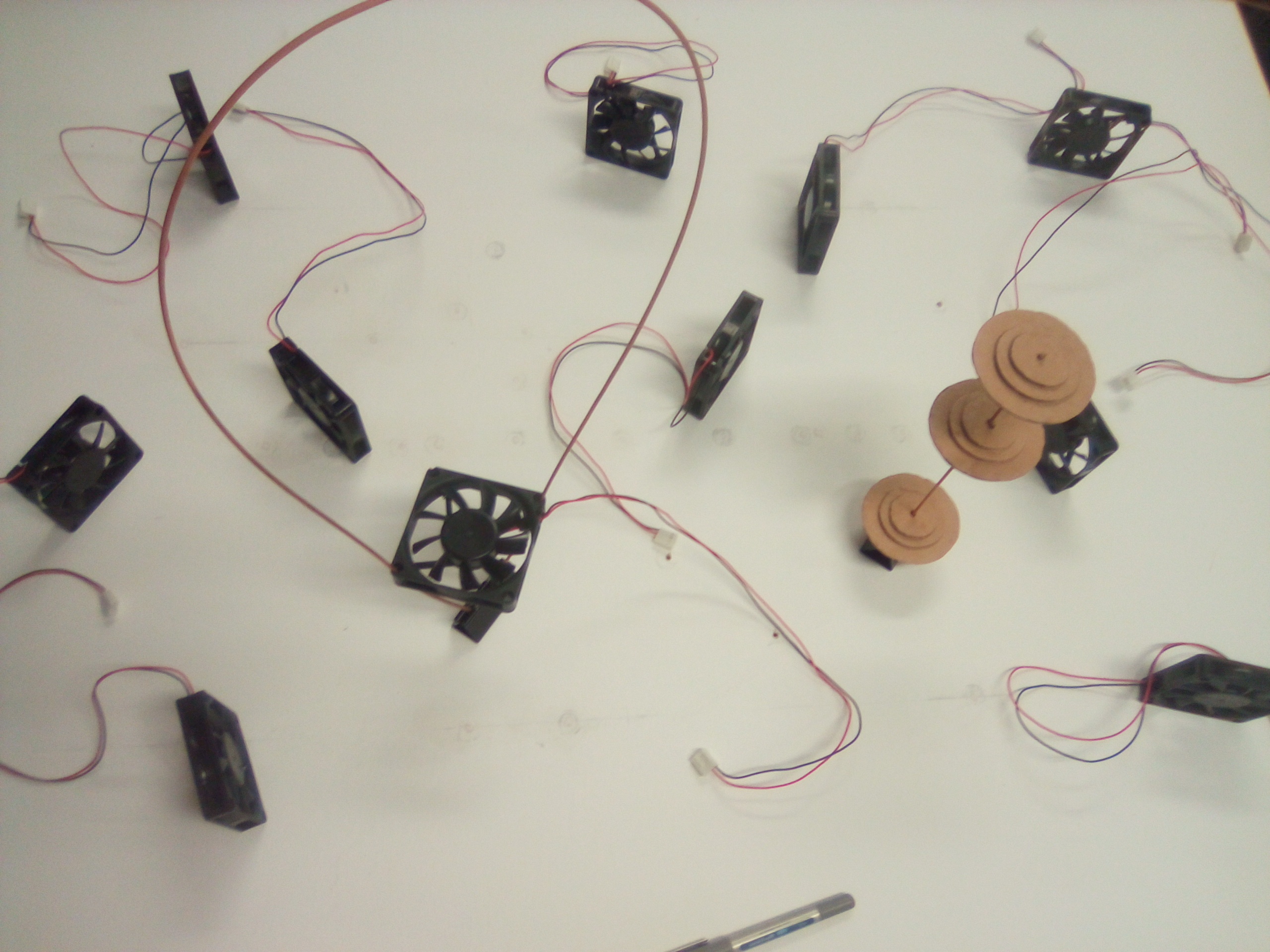
A/
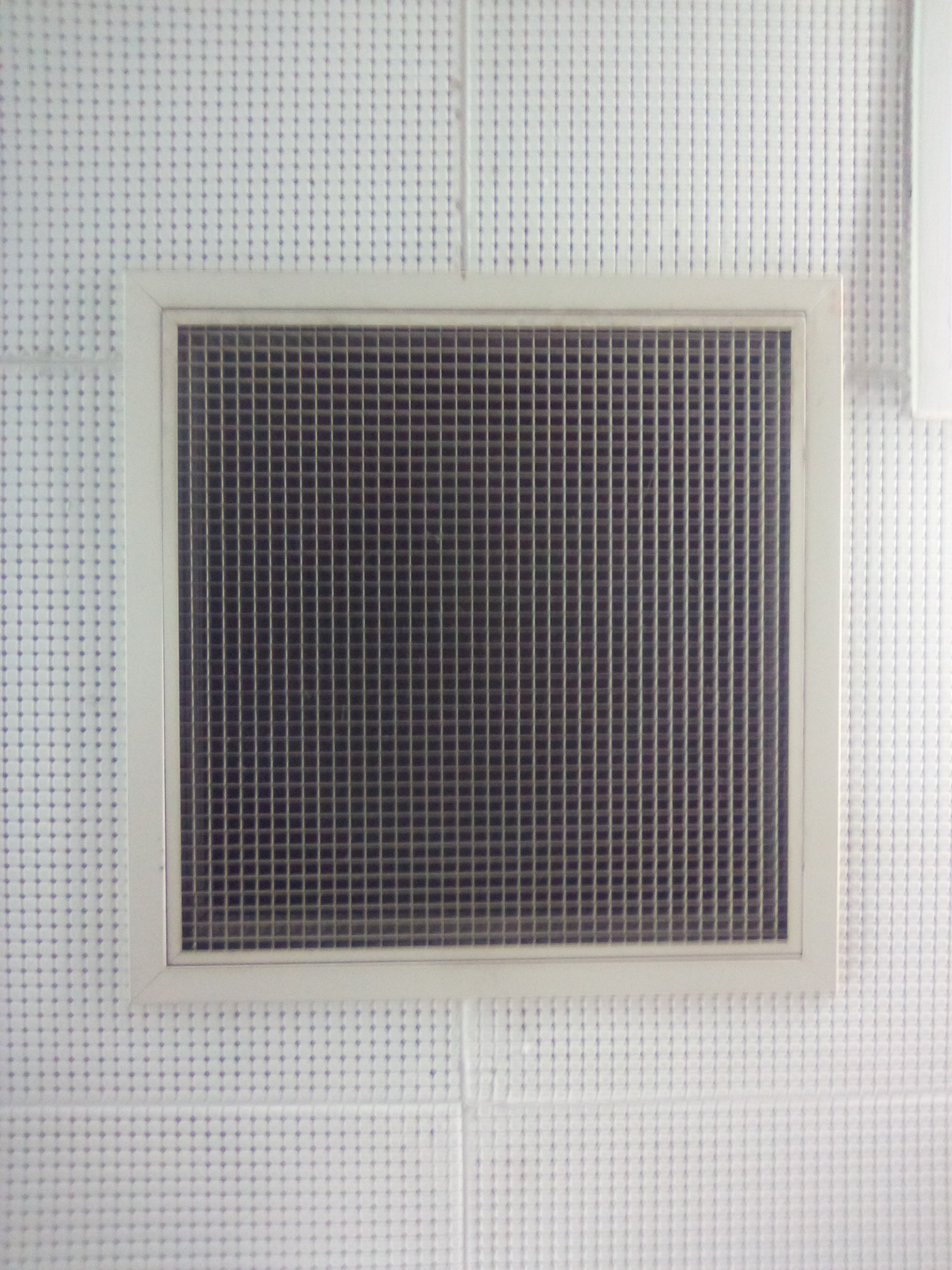
Lidia’s international advocacy pieces –——————————————
Some of Lidia’s article for The Conversation: https://theconversation.com/profiles/lidia-morawska-428572/articles
Some others to read:
- 2021 – https://www.nytimes.com/2020/07/04/health/239-experts-with-one-big-claim-the-coronavirus-is-airborne.html
- 2022 – https://www.mja.com.au/journal/2022/217/11/healthy-indoor-air-our-fundamental-need-time-act-now
- 2022 interview with Lidia – https://www.wsws.org/en/articles/2022/08/19/axay-a19.html
The Channel 7 extract on QLD schools: https://www.youtube.com/watch?v=llSFA7qft-g
Buildings that Breathe: https://www.brisbane.qld.gov.au/planning-and-building/planning-guidelines-and-tools/neighbourhood-planning-and-urban-renewal/new-world-city-design-guide-buildings-that-breathe
VENT study
